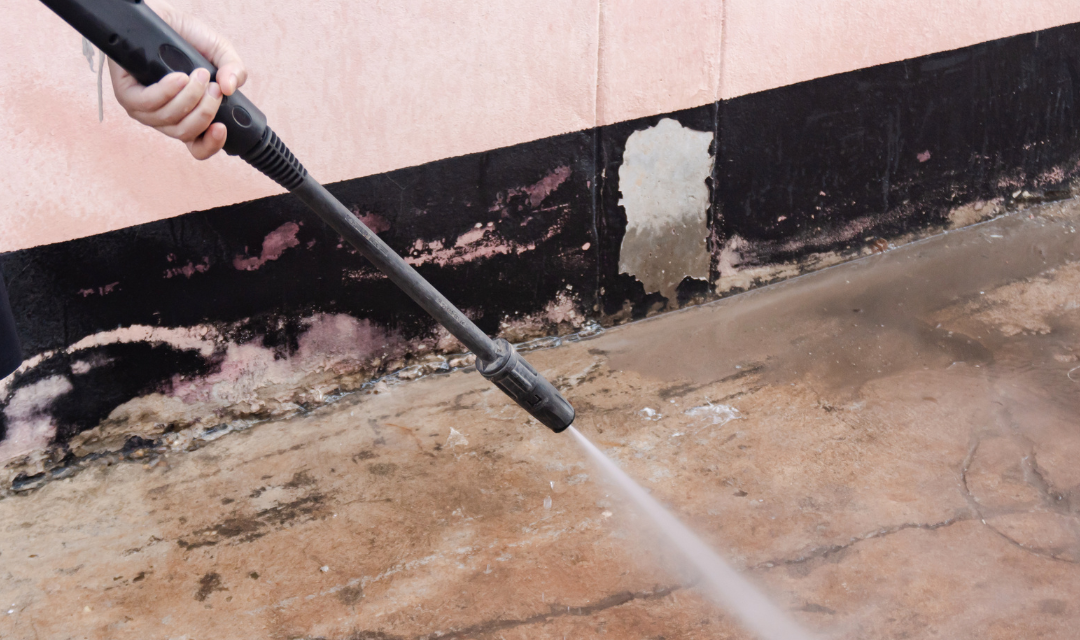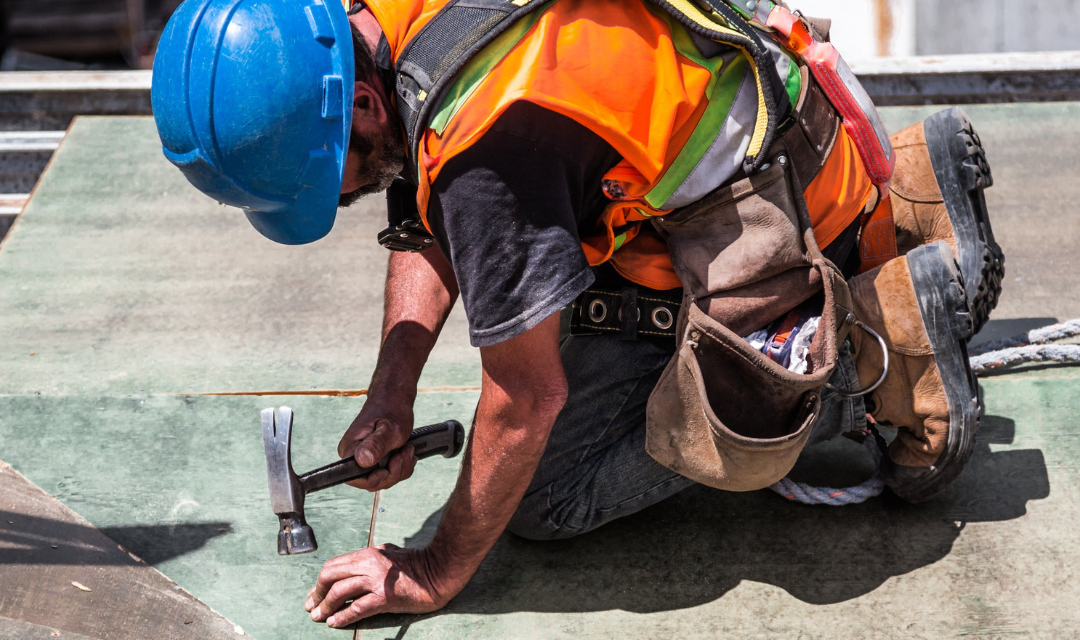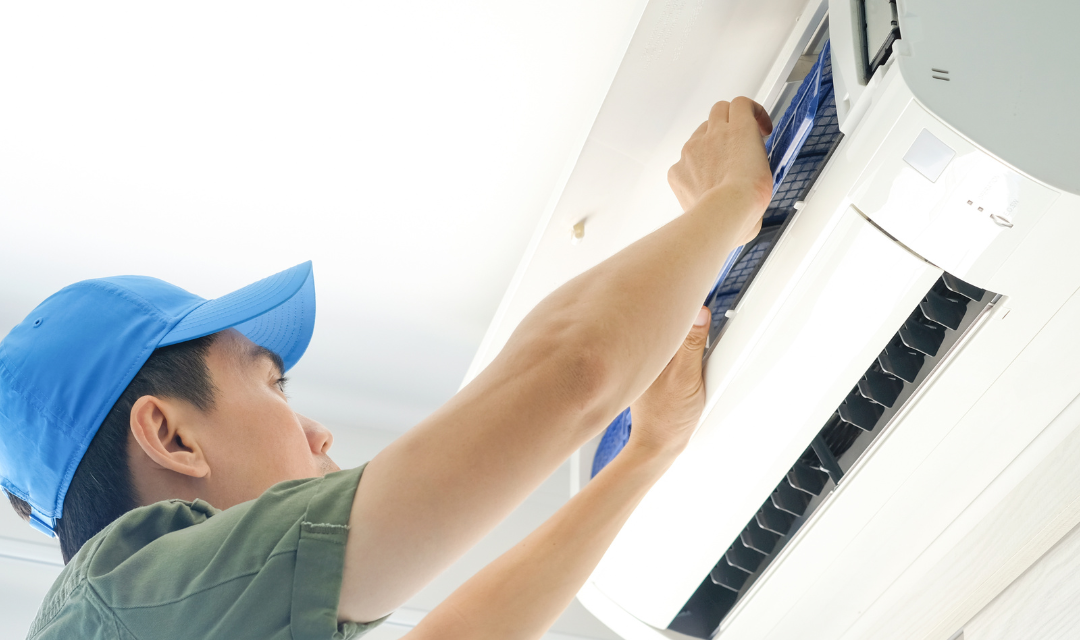
Pressure washing is a simple yet powerful way to restore your home’s exterior or outdoor spaces, giving them a fresh, new look. However, improper use of a pressure washer can lead to surface damage, safety hazards, or wasted effort. Whether you’re cleaning your siding, driveway, patio, or deck, following the right method is essential. Below, we’ve compiled a comprehensive guide to help homeowners, property managers, contractors, and outdoor enthusiasts master the art of pressure washing.
Selecting the Right Pressure Setting
Choosing the correct pressure setting is crucial to avoid damaging surfaces. Here’s a quick guide to pressure levels:
- Low Pressure (1,300–1,600 PSI): Ideal for softer surfaces like wood decks, fences, and outdoor furniture.
- Medium Pressure (2,000–2,800 PSI): Best for surfaces such as vinyl siding, brick patios, and concrete pathways.
- High Pressure (3,000 PSI and above): Suitable for heavy-duty cleaning, such as removing oil stains from driveways or cleaning construction equipment.
Always check the manufacturer’s recommendations for the surface or material you’re cleaning. If in doubt, start with lower pressure and increase gradually.
Preparing the Area
Preparation is key to a successful pressure washing job. A little pre-work will save time and ensure thorough cleaning:
- Clear the Area: Remove debris, furniture, and loose objects from the cleaning area.
- Protect Plants and Fixtures: Cover nearby plants, electrical outlets, or fragile items with tarps or plastic sheeting to shield them from water or cleaning chemicals.
- Inspect the Surface: Look for loose paint, cracks, or other vulnerabilities that could worsen under high pressure.
Using the Right Nozzle
Pressure washers come with a variety of nozzles, each designed for specific tasks:
- Red Nozzle (0°): A very concentrated jet stream for heavy-duty cleaning. Use cautiously to avoid surface damage.
- Yellow Nozzle (15°): Great for removing tough stains from surfaces like concrete and brick.
- Green Nozzle (25°): A versatile option for general-purpose cleaning.
- White Nozzle (40°): Perfect for delicate surfaces that need a gentle touch, such as outdoor furniture or house siding.
- Black Nozzle (Low Pressure): Often used for applying cleaning solutions or soaps.
Matching the nozzle to the task ensures effective cleaning without causing harm.
Wear Protective Gear
Pressure washers are powerful tools that require proper safety measures. Always wear:
- Safety Glasses: Protect your eyes from flying debris or spray mist.
- Gloves: Ensure a firm grip and shield your hands from water jet exposure.
- Non-Slip Shoes: Minimize the risk of slipping on wet surfaces.
- Long Pants and Closed-Toe Shoes: Prevent skin exposure to high-pressure streams and chemicals.
Safety is non-negotiable—gear up before you begin.
Understanding Pressure Levels
It’s important to match the pressure to the material you’re cleaning:
- Keep a distance of at least 6–12 inches from the surface to prevent damage.
- Avoid using high pressure on fragile materials like wood, painted surfaces, or mortar joints in brick walls.
- Test a small, inconspicuous area first to ensure the pressure setting is safe for the surface.
Applying Cleaning Solutions
For tougher stains or deeper cleaning, use a pressure washer-safe detergent. Here’s how:
- Select a detergent specifically designed for your pressure washer and the surface you’re cleaning.
- Use the black, low-pressure nozzle to apply the solution evenly.
- Allow the detergent to sit for 5–10 minutes to loosen dirt and grime. Avoid letting it dry.
- Rinse thoroughly with the appropriate nozzle and pressure setting.
Remember, not all surfaces require cleaning solutions—water pressure alone may be sufficient in many cases.
Move in Even, Consistent Motions
The technique matters when pressure washing. Follow these best practices:
- Hold the wand at a steady angle, keeping it consistent as you move.
- Start from the top of the surface and work your way down to prevent streaks and ensure a uniform clean.
- Use sweeping, side-to-side motions rather than holding the wand stationary in one spot, as this can cause uneven cleaning or damage.
Patience and even movements are key to achieving professional-quality results.
Final Thoughts
Pressure washing is a fantastic way to refresh and maintain your property, but it’s essential to approach the task with care and preparation. By selecting the right settings, preparing the area, and using proper techniques, you can achieve a cleaner, more polished exterior safely and effectively.
For more Pressure Washing Tips and advice on Home Exterior Cleaning, check out our other articles or leave your questions in the comments. With a little effort and the right knowledge, your property will shine like new in no time.
continue reading
Related Posts
Curabitur aliquet quam id dui posuere blandit mauris blandit aliquet elit.
Curabitur aliquet quam id dui posuere blandit mauris blandit aliquet elit.
Curabitur aliquet quam id dui posuere blandit mauris blandit aliquet elit.




